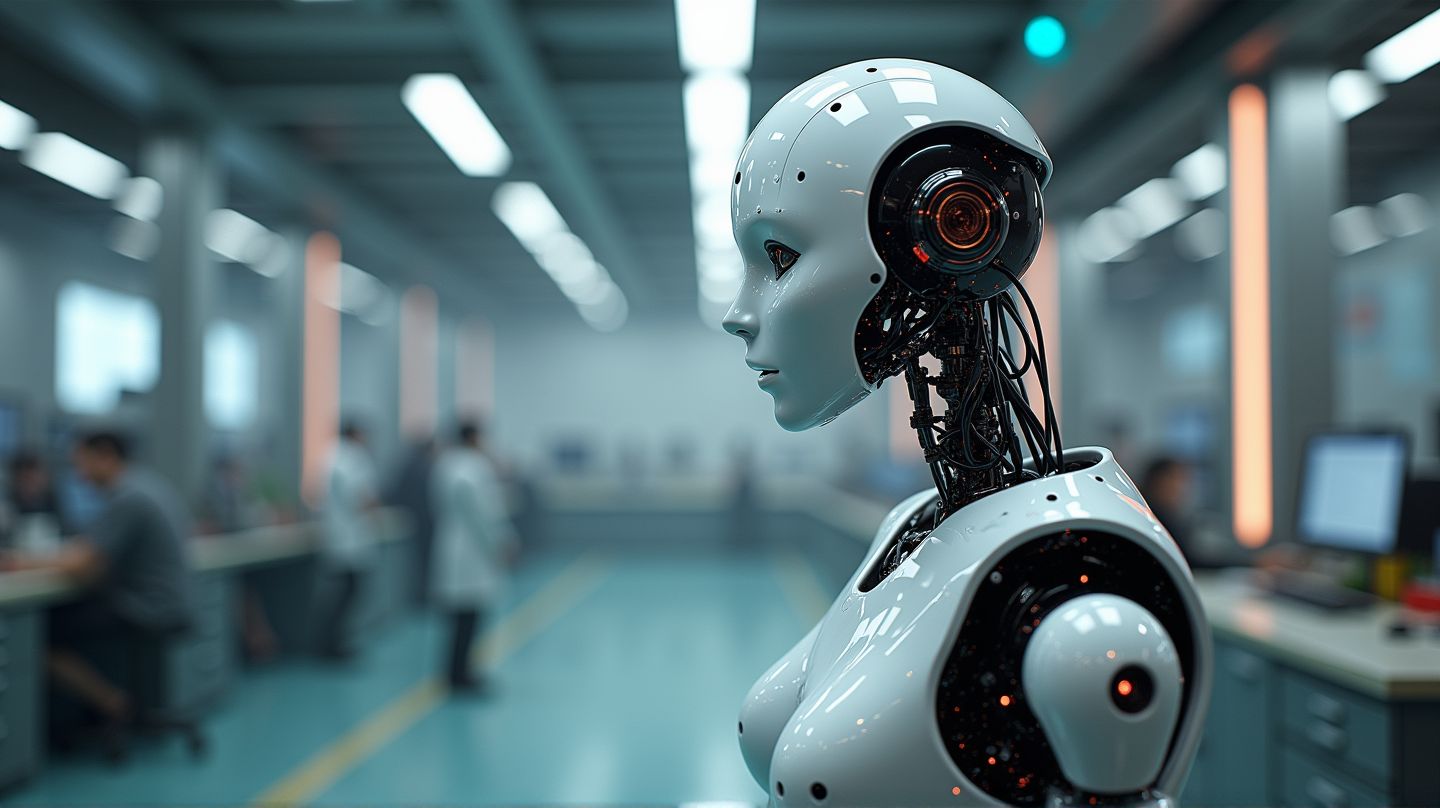Humanoid robots, like Boston Dynamics’ Atlas and Tesla’s Optimus, showcase incredible technological advancements. Their ability to perform complex tasks such as loading laundry or executing acrobatics makes one almost believe that the era of robot dominance is upon us. However, beneath the surface, there’s a fundamental issue that threatens their efficiency and real-world application.
The Current Conundrum
Today’s humanoid robots generally operate under a “brain-first” model. This approach places significant emphasis on software and AI for movement and task execution, rather than physical aptitude. As noted by Sony’s robotics division, humanoids with limited joint flexibility fail to mimic natural human and animal movements, reducing their practical value.
This results in cumbersome machines requiring robust central control systems to manage physical tasks. This setup is inefficient and energy-consuming, as exemplified by Tesla’s Optimus, which requires 500 watts per second for simple tasks. In comparison, humans accomplish more complex activities with less energy, indicating inherent inefficiencies in current robot designs.
Diminishing Returns: The Path Forward
Despite humanity’s fascination with futuristic robotics, the current trajectory might be leading to diminishing returns. Smart AI in robots like Tesla’s Optimus can accomplish remarkable feats, such as folding a t-shirt using powerful vision systems. However, their physically rigid designs limit adaptability to unpredictable environments—a significant flaw when competing with nature’s evolution-honed designs.
Building physically intelligent machines that can autonomously adapt to their environment without complex computations or excessive energy consumption can revolutionize robotics. This divergence from traditional robotics requires a transformative manufacturing ecosystem that currently lacks maturity.
The Promise of Mechanical Intelligence (MI)
Mechanical Intelligence (MI) champions this new era in robotics, advocating for designs that draw inspiration from nature. By focusing on morphological computation, researchers aim to create robots with passive, intelligent bodies capable of adapting to diverse tasks organically.
Leading the charge at London South Bank University, researchers are exploring structures that mimic the efficient energy-storage capabilities of animal tendons. Through the use of hybrid joints, future robots could achieve lifelike motion with multi-dimensional fluidity akin to human movement.
Integrating Intelligence: A Holistic Approach
As the integration of MI progresses, a future where robots aren’t merely hardware or software-driven but a harmonious fusion of both comes into view. By shifting focus to physically intelligent bodies, the robotics industry may unlock unprecedented capabilities, allowing machines to engage more meaningfully with the world. According to ScienceAlert, this path promises new possibilities and innovations that may finally take robotics out of the lab and into everyday life.
